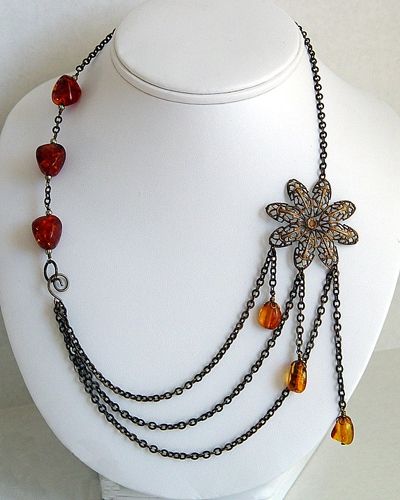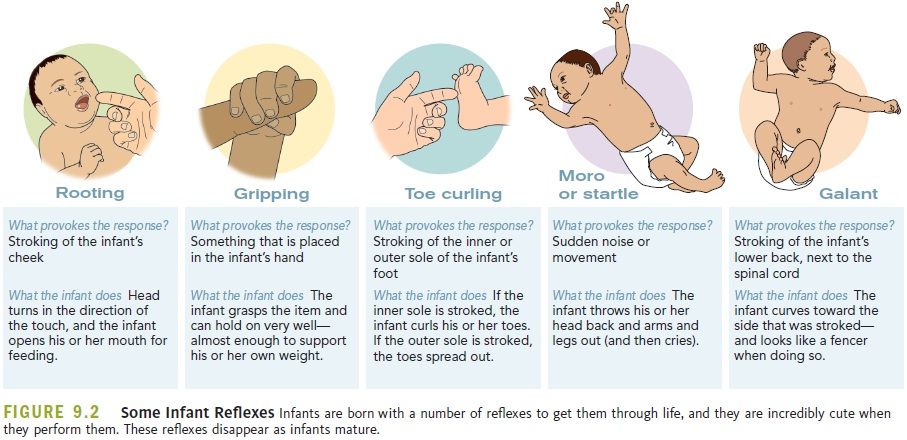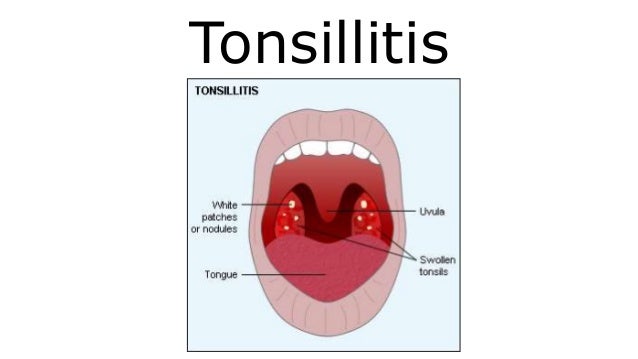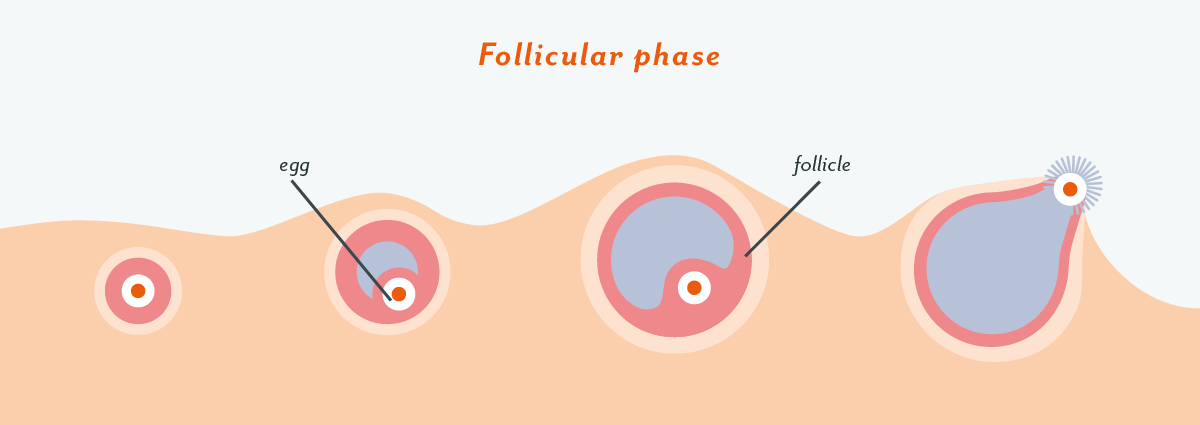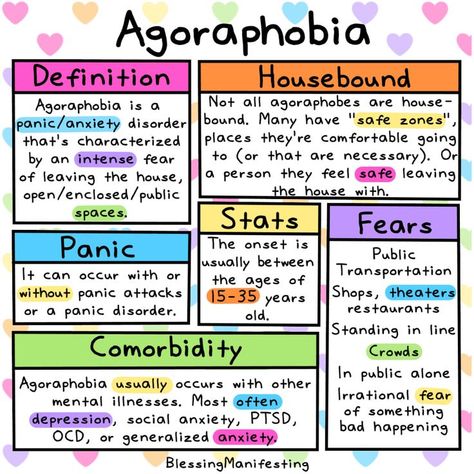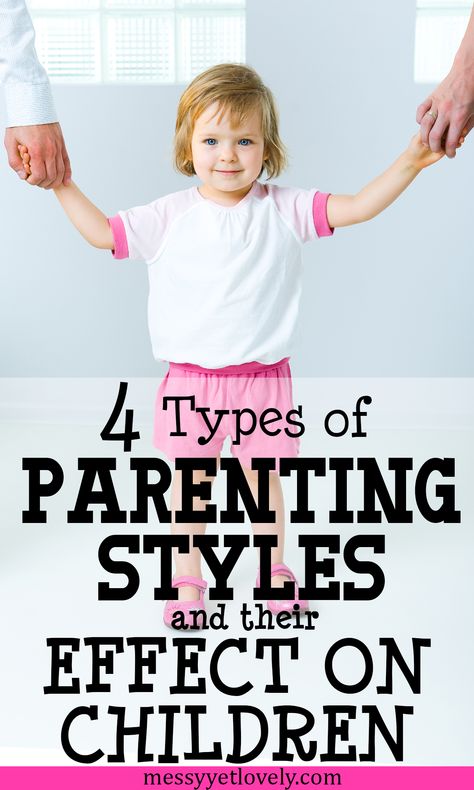How do amber necklaces work
The Truth About the Safety of Amber Teething Necklaces
Teething can be really tough on babies (and parents). Like all tricky stages of development, it doesn’t last forever, but that’s little comfort at 2 a.m. as you scramble around in the dark trying to find a dropped teething toy for the eighth time that night. You may understandably be willing to try almost any solution for those sore gums that have kept baby awake and distressed for the third night in a row.
It’s highly likely that at some point, a well-meaning friend or search engine will recommend buying an amber teething necklace for baby while those little teeth work their way through. At first glance, a Baltic amber teething necklace might have some appeal as a natural alternative to conventional teething medicine. But with unconvincing science, dubious claims to success and significant safety risks, is an amber baby teething necklace something you really want in your baby kit? Keep reading to learn what two pediatricians have to say.
In this article:
What is an amber teething necklace?
How do amber teething necklaces work?
Do amber teething necklaces work?
Amber teething necklace safety concerns
Alternative teething methods to an amber teething necklace
What Is an Amber Teething Necklace?
First of all, amber isn’t really a true gemstone—it’s actually fossilized tree resin. Most amber teething necklaces are made from either raw or heat-treated and polished Baltic amber beads, which are strung together and individually knotted. The necklace can then be placed around baby’s neck (though doing so poses a whole host of safety issues). “Amber teething necklaces are made of amber and are marketed to relieve teething pain. Sellers of the necklaces make claims that when warmed by baby’s body temperature, the amber releases a pain-relieving substance that’s absorbed by the child and helps with teething pain,” says Dina DiMaggio, MD, a New York City-based pediatrician and clinical assistant professor of pediatrics at NYU Grossman School of Medicine.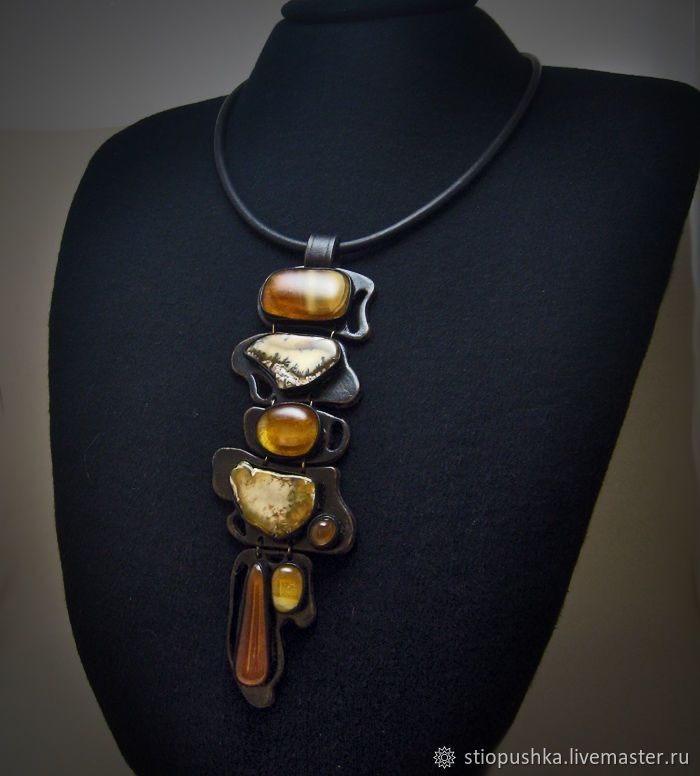
Some people believe the soothing properties come from the presence of succinic acid, a natural substance that’s said to act as a painkiller when absorbed by the body. The highest concentration of succinic acid is in the outer layers of the resin, which is why some people prefer the raw amber teething necklace to heat-treated, which strips away the outer layer of resin during the polishing process.
How Do Amber Teething Necklaces Work?
The belief that amber beads can relieve teething pain is largely based on the fact that Baltic amber contains succinic acid that, when absorbed by baby’s body, helps to soothe sore and swollen gums. Retailers also claim the beads can stimulate the thyroid gland and, consequently, control drool and improve the immune system’s ability to reduce inflammation in the ears, throat, stomach and respiratory system, explains Texas-based pediatrician Alexis Phillips-Walker, DO. To date, however, there has been no scientific evidence or research to back up these claims.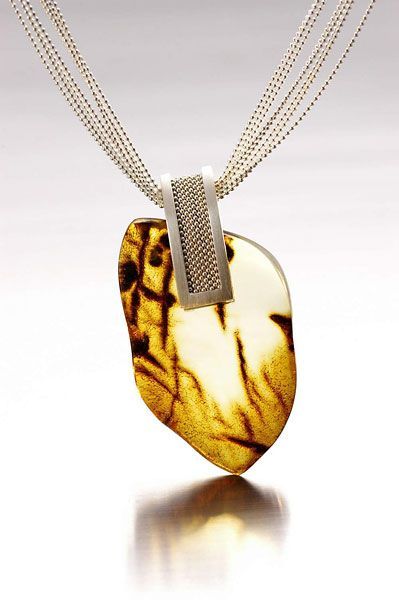
Do Amber Teething Necklaces Work?
With the recent surge in popularity of Baltic amber teething beads, many people are convinced that their amber baby teething necklace has solved their child’s teething problems. You can find plenty of anecdotal evidence after a simple Google search, but medical experts caution that these necklaces are not safe and effective. According to the American Academy of Pediatrics (AAP), the claims of amber teething necklaces are not supported by any scientific research or evidence.
A common misconception around Baltic amber teething necklaces is that the amber beads themselves are designed for baby to bite on, which isn’t the case. In fact, an amber teething necklace is only meant to be worn by baby so that the succinic acid can be absorbed by baby’s skin. While this key element is indeed present in amber, there is little evidence that it would be released when warmed to baby’s body temperature. Even if the succinic acid is drawn out by baby’s warmth, there is simply not enough of it within the amber teething necklace to successfully pass through the skin and into the body in a large enough concentration to do any healing work.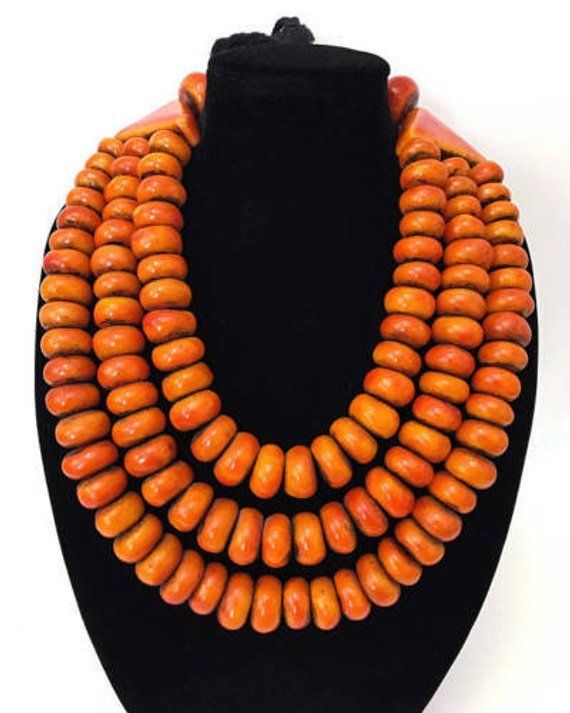 And even if there was, the necklaces simply aren’t worth the risk they pose to infants. Wondering what those are? Read on.
And even if there was, the necklaces simply aren’t worth the risk they pose to infants. Wondering what those are? Read on.
Amber Teething Necklace Safety Concerns
Many parents recoil from the idea of putting jewelry—especially necklaces—on babies because of choking and strangulation risks. Manufacturers of amber teething necklaces claim that their products are safe because they knotting each bead separately or design the necklace to snap if pulled too hard, thus reducing the risk of strangulation. However, even if they’re individually knotted, if the thread breaks, baby will be able to pick up at least one bead and put it in their mouth—and many say that’s just one too many. Other companies have tried to quell parents’ fear of baby choking by selling amber teething beads to be worn around the wrist or ankle. But this arguably makes it even easier for babies to grab and pull at the anklet or bracelet and break the thread.
“Amber teething necklaces are dangerous and not recommended by pediatricians,” DiMaggio says.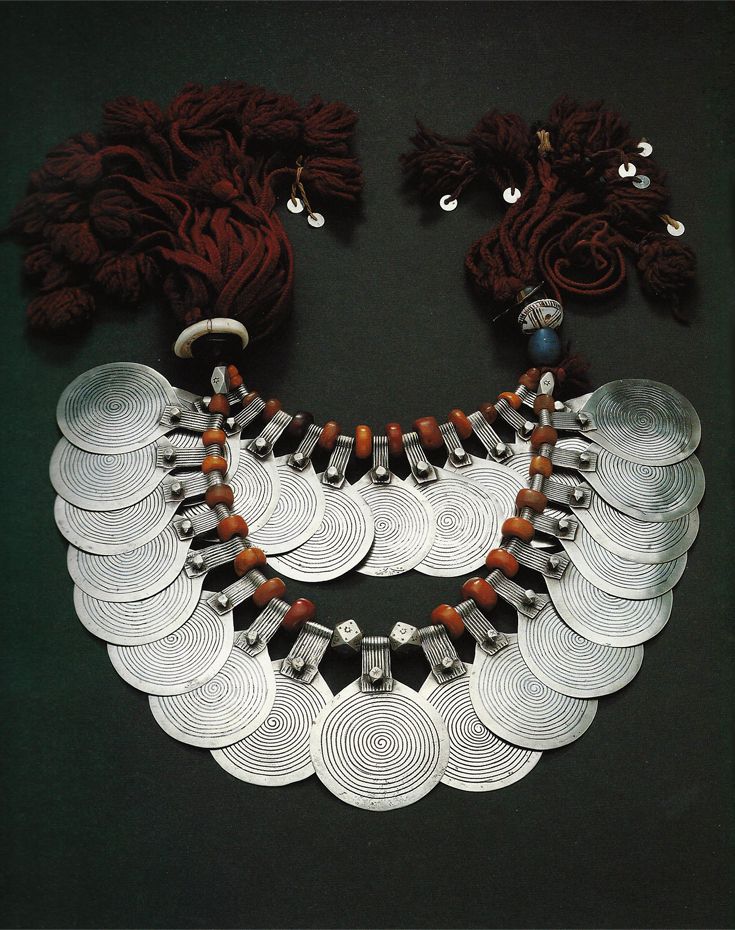 “The FDA released a warning in December 2018 after receiving reports of children choking on beads that break off and even the death of a toddler being strangled by the necklace while sleeping.”
“The FDA released a warning in December 2018 after receiving reports of children choking on beads that break off and even the death of a toddler being strangled by the necklace while sleeping.”
Back in 2010, the Canadian federal public health department released cautionary guidance about amber teething necklaces, and Ireland took an even more assertive line in 2015, with the Health Service Executive referring to amber teething necklaces as being “inherently unsafe.” In 2016, the American Academy of Pediatrics issued their own warning, stating that they advise against infants wearing jewelry of any kind.
Alternative Teething Methods to an Amber Teething Necklace
There are so many alternative teething relief options that you can provide for your child without the risk that an amber baby teething necklace carries. From over-the-counter preparations to homespun natural remedies and safety-tested teething toys, there’s something out there to suit your child that comes with no dangerous risks attached.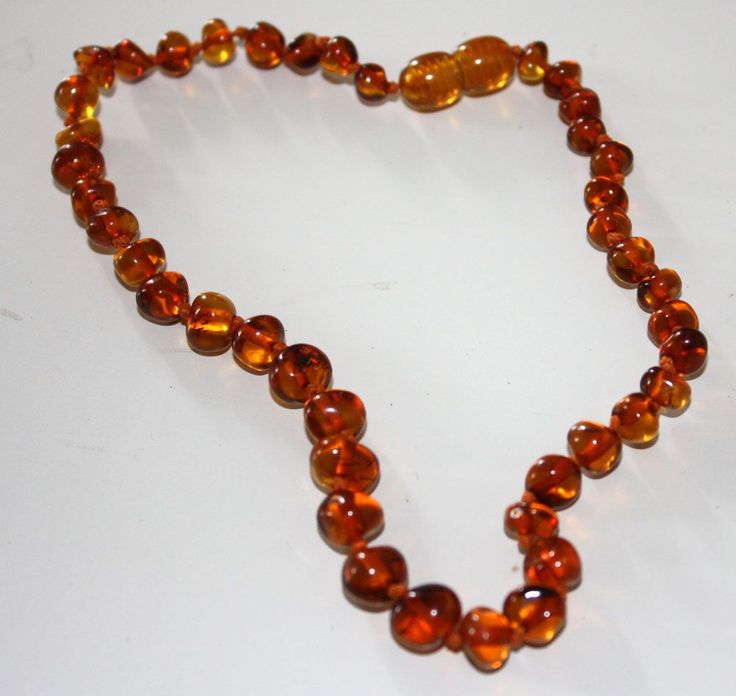
“Try cold items on gums such as a frozen, damp washcloth or semi-frozen teething rings. Teething rings that are frozen solid are too hard for babies,” Phillips-Walker says. She also recommends parents use chew toys and rubber teething rings, or, if approved by your pediatrician, a dose of acetaminophen (Tylenol). When it comes to numbing gels, though, you want to avoid ones with benzocaine to avoid poisoning younger children, she adds. Another option is to massage baby’s gums with your (clean) fingers.
About the Experts:
Dina DiMaggio, MD, a spokesperson for the American Academy of Pediatrics, is a pediatrician with Pediatric Associates of NYC and a clinical assistant professor in the department of pediatrics at NYU Grossman School of Medicine in New York City. She is also the co-author of The Pediatrician’s Guide to Feeding Babies and Toddlers: Practical Answers to Your Questions on Nutrition, Starting Solids, Allergies, Picky Eating and More.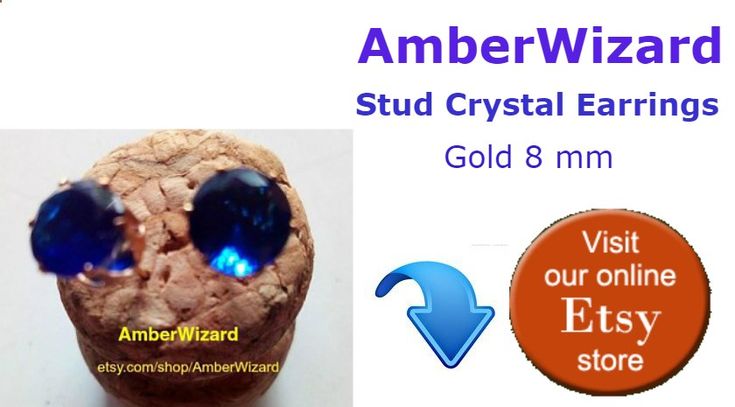 She earned her medical degree from Albert Einstein College of Medicine in 2002.
She earned her medical degree from Albert Einstein College of Medicine in 2002.
Alexis Phillips, DO, is a pediatrician with Memorial Hermann Medical Group Pediatrics Atascocita in Atascocita, Texas. She is a graduate of Ohio University Heritage College of Osteopathic Medicine.
Please note: The Bump and the materials and information it contains are not intended to, and do not constitute, medical or other health advice or diagnosis and should not be used as such. You should always consult with a qualified physician or health professional about your specific circumstances.
Plus, more from The Bump:
Teething Symptoms and Remedies: What You Need to Know
Teething Necklaces Moms Can Wear to Soothe Baby’s Gums
The Truth About Teething Tablet Safety
The Truth About the Safety of Amber Teething Necklaces
Teething can be really tough on babies (and parents). Like all tricky stages of development, it doesn’t last forever, but that’s little comfort at 2 a.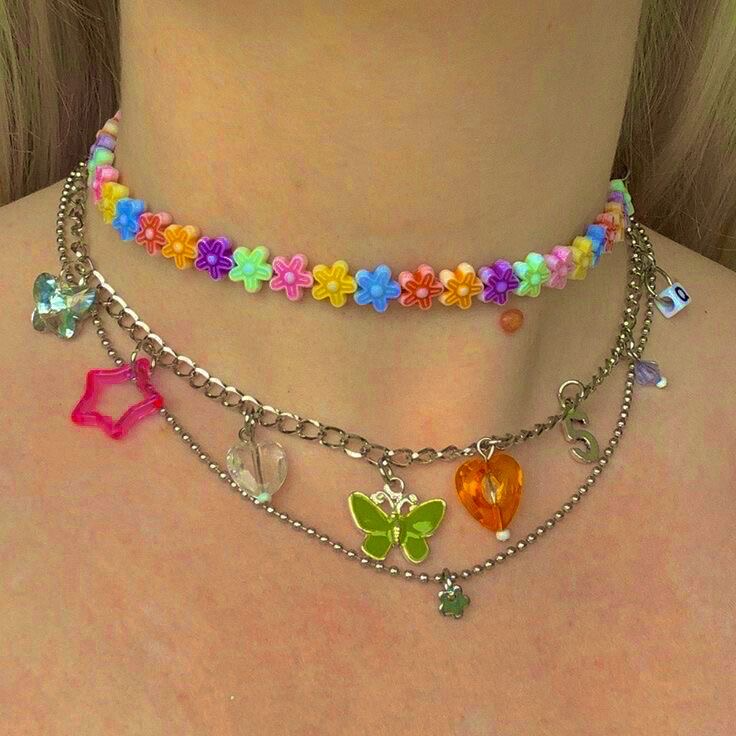 m. as you scramble around in the dark trying to find a dropped teething toy for the eighth time that night. You may understandably be willing to try almost any solution for those sore gums that have kept baby awake and distressed for the third night in a row.
m. as you scramble around in the dark trying to find a dropped teething toy for the eighth time that night. You may understandably be willing to try almost any solution for those sore gums that have kept baby awake and distressed for the third night in a row.
It’s highly likely that at some point, a well-meaning friend or search engine will recommend buying an amber teething necklace for baby while those little teeth work their way through. At first glance, a Baltic amber teething necklace might have some appeal as a natural alternative to conventional teething medicine. But with unconvincing science, dubious claims to success and significant safety risks, is an amber baby teething necklace something you really want in your baby kit? Keep reading to learn what two pediatricians have to say.
In this article:
What is an amber teething necklace?
How do amber teething necklaces work?
Do amber teething necklaces work?
Amber teething necklace safety concerns
Alternative teething methods to an amber teething necklace
What Is an Amber Teething Necklace?
First of all, amber isn’t really a true gemstone—it’s actually fossilized tree resin.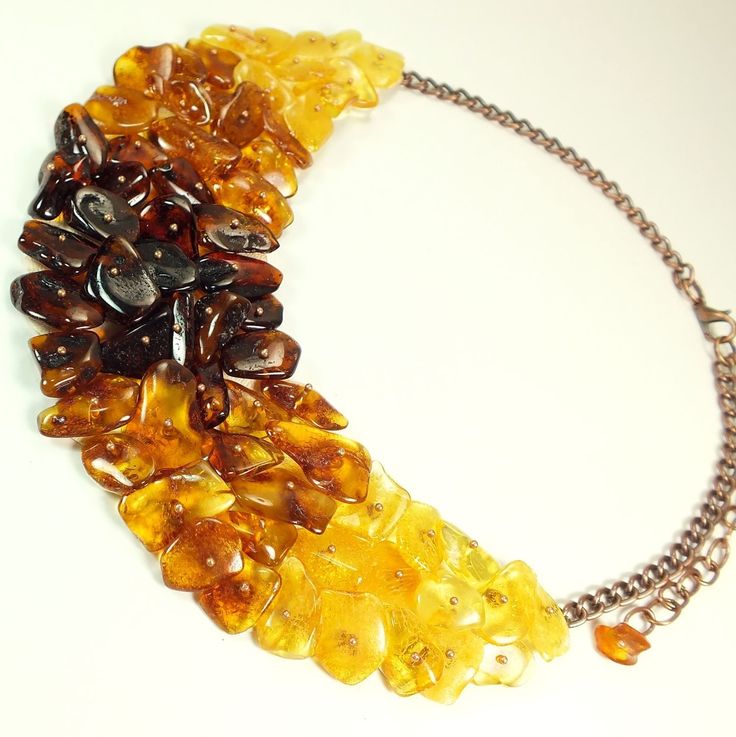 Most amber teething necklaces are made from either raw or heat-treated and polished Baltic amber beads, which are strung together and individually knotted. The necklace can then be placed around baby’s neck (though doing so poses a whole host of safety issues). “Amber teething necklaces are made of amber and are marketed to relieve teething pain. Sellers of the necklaces make claims that when warmed by baby’s body temperature, the amber releases a pain-relieving substance that’s absorbed by the child and helps with teething pain,” says Dina DiMaggio, MD, a New York City-based pediatrician and clinical assistant professor of pediatrics at NYU Grossman School of Medicine.
Most amber teething necklaces are made from either raw or heat-treated and polished Baltic amber beads, which are strung together and individually knotted. The necklace can then be placed around baby’s neck (though doing so poses a whole host of safety issues). “Amber teething necklaces are made of amber and are marketed to relieve teething pain. Sellers of the necklaces make claims that when warmed by baby’s body temperature, the amber releases a pain-relieving substance that’s absorbed by the child and helps with teething pain,” says Dina DiMaggio, MD, a New York City-based pediatrician and clinical assistant professor of pediatrics at NYU Grossman School of Medicine.
Some people believe the soothing properties come from the presence of succinic acid, a natural substance that’s said to act as a painkiller when absorbed by the body. The highest concentration of succinic acid is in the outer layers of the resin, which is why some people prefer the raw amber teething necklace to heat-treated, which strips away the outer layer of resin during the polishing process.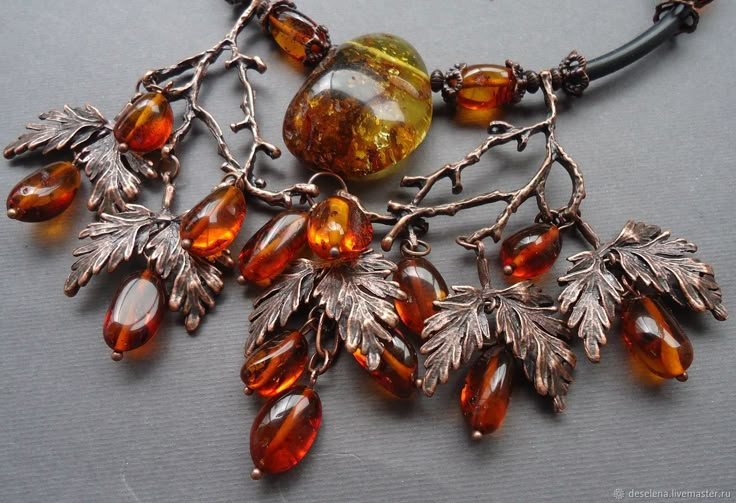
How Do Amber Teething Necklaces Work?
The belief that amber beads can relieve teething pain is largely based on the fact that Baltic amber contains succinic acid that, when absorbed by baby’s body, helps to soothe sore and swollen gums. Retailers also claim the beads can stimulate the thyroid gland and, consequently, control drool and improve the immune system’s ability to reduce inflammation in the ears, throat, stomach and respiratory system, explains Texas-based pediatrician Alexis Phillips-Walker, DO. To date, however, there has been no scientific evidence or research to back up these claims.
Do Amber Teething Necklaces Work?
With the recent surge in popularity of Baltic amber teething beads, many people are convinced that their amber baby teething necklace has solved their child’s teething problems. You can find plenty of anecdotal evidence after a simple Google search, but medical experts caution that these necklaces are not safe and effective.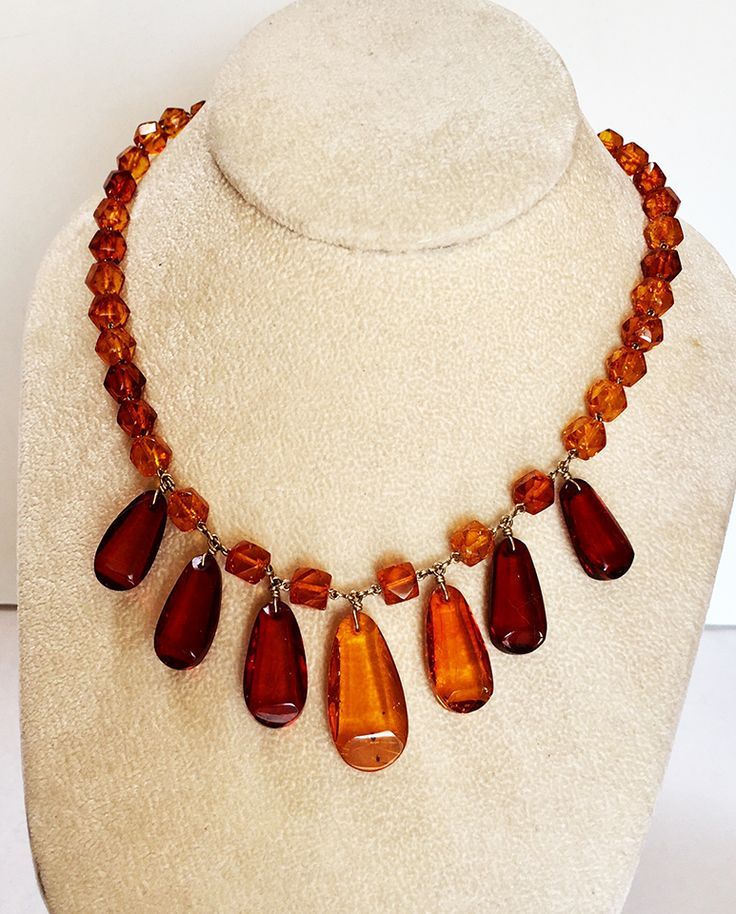 According to the American Academy of Pediatrics (AAP), the claims of amber teething necklaces are not supported by any scientific research or evidence.
According to the American Academy of Pediatrics (AAP), the claims of amber teething necklaces are not supported by any scientific research or evidence.
A common misconception around Baltic amber teething necklaces is that the amber beads themselves are designed for baby to bite on, which isn’t the case. In fact, an amber teething necklace is only meant to be worn by baby so that the succinic acid can be absorbed by baby’s skin. While this key element is indeed present in amber, there is little evidence that it would be released when warmed to baby’s body temperature. Even if the succinic acid is drawn out by baby’s warmth, there is simply not enough of it within the amber teething necklace to successfully pass through the skin and into the body in a large enough concentration to do any healing work. And even if there was, the necklaces simply aren’t worth the risk they pose to infants. Wondering what those are? Read on.
Amber Teething Necklace Safety Concerns
Many parents recoil from the idea of putting jewelry—especially necklaces—on babies because of choking and strangulation risks.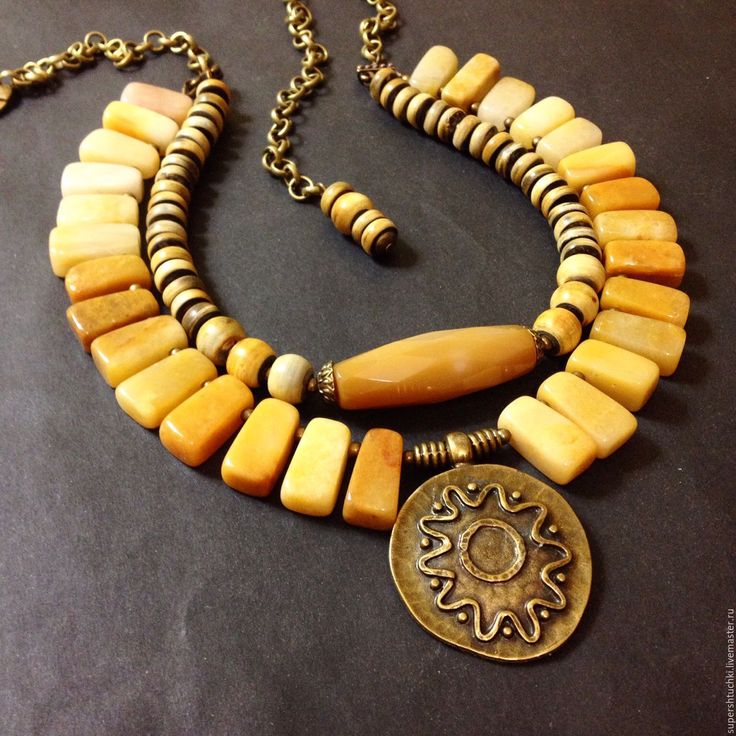 Manufacturers of amber teething necklaces claim that their products are safe because they knotting each bead separately or design the necklace to snap if pulled too hard, thus reducing the risk of strangulation. However, even if they’re individually knotted, if the thread breaks, baby will be able to pick up at least one bead and put it in their mouth—and many say that’s just one too many. Other companies have tried to quell parents’ fear of baby choking by selling amber teething beads to be worn around the wrist or ankle. But this arguably makes it even easier for babies to grab and pull at the anklet or bracelet and break the thread.
Manufacturers of amber teething necklaces claim that their products are safe because they knotting each bead separately or design the necklace to snap if pulled too hard, thus reducing the risk of strangulation. However, even if they’re individually knotted, if the thread breaks, baby will be able to pick up at least one bead and put it in their mouth—and many say that’s just one too many. Other companies have tried to quell parents’ fear of baby choking by selling amber teething beads to be worn around the wrist or ankle. But this arguably makes it even easier for babies to grab and pull at the anklet or bracelet and break the thread.
“Amber teething necklaces are dangerous and not recommended by pediatricians,” DiMaggio says. “The FDA released a warning in December 2018 after receiving reports of children choking on beads that break off and even the death of a toddler being strangled by the necklace while sleeping.”
Back in 2010, the Canadian federal public health department released cautionary guidance about amber teething necklaces, and Ireland took an even more assertive line in 2015, with the Health Service Executive referring to amber teething necklaces as being “inherently unsafe.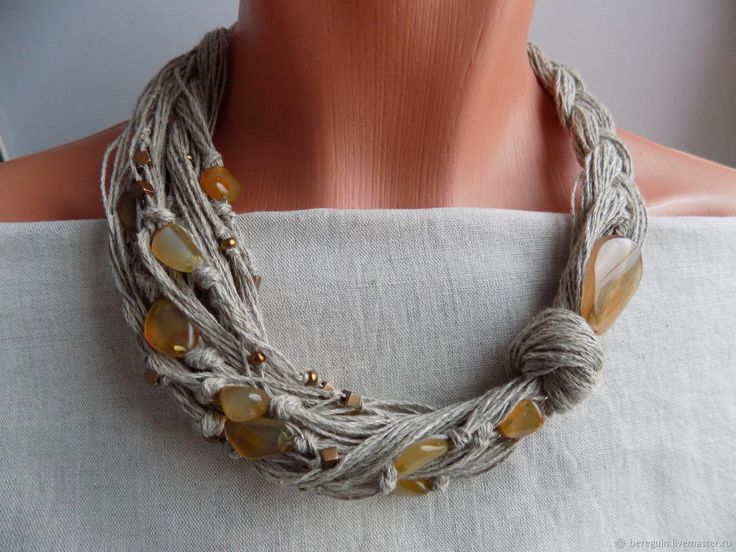 ” In 2016, the American Academy of Pediatrics issued their own warning, stating that they advise against infants wearing jewelry of any kind.
” In 2016, the American Academy of Pediatrics issued their own warning, stating that they advise against infants wearing jewelry of any kind.
Alternative Teething Methods to an Amber Teething Necklace
There are so many alternative teething relief options that you can provide for your child without the risk that an amber baby teething necklace carries. From over-the-counter preparations to homespun natural remedies and safety-tested teething toys, there’s something out there to suit your child that comes with no dangerous risks attached.
“Try cold items on gums such as a frozen, damp washcloth or semi-frozen teething rings. Teething rings that are frozen solid are too hard for babies,” Phillips-Walker says. She also recommends parents use chew toys and rubber teething rings, or, if approved by your pediatrician, a dose of acetaminophen (Tylenol). When it comes to numbing gels, though, you want to avoid ones with benzocaine to avoid poisoning younger children, she adds.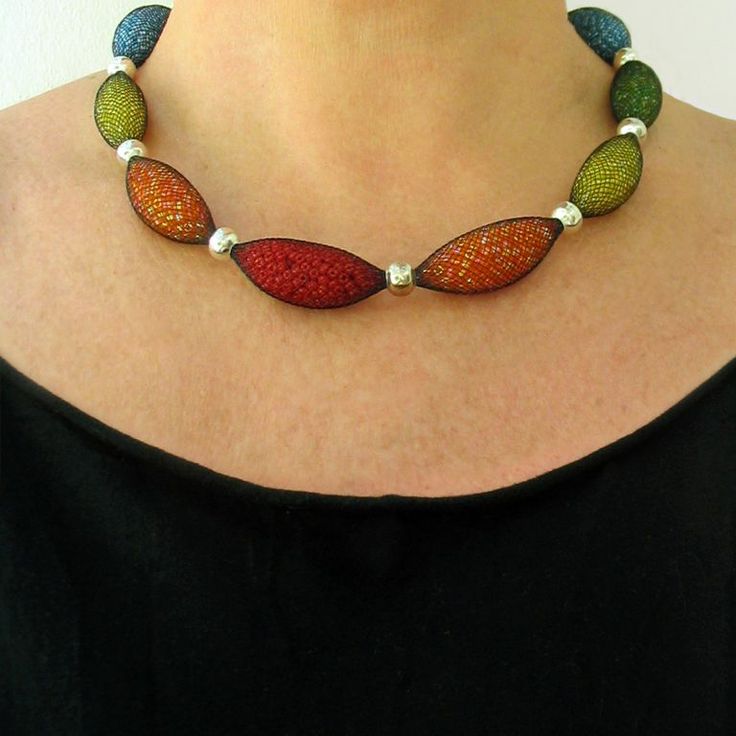 Another option is to massage baby’s gums with your (clean) fingers.
Another option is to massage baby’s gums with your (clean) fingers.
About the Experts:
Dina DiMaggio, MD, a spokesperson for the American Academy of Pediatrics, is a pediatrician with Pediatric Associates of NYC and a clinical assistant professor in the department of pediatrics at NYU Grossman School of Medicine in New York City. She is also the co-author of The Pediatrician’s Guide to Feeding Babies and Toddlers: Practical Answers to Your Questions on Nutrition, Starting Solids, Allergies, Picky Eating and More. She earned her medical degree from Albert Einstein College of Medicine in 2002.
Alexis Phillips, DO, is a pediatrician with Memorial Hermann Medical Group Pediatrics Atascocita in Atascocita, Texas. She is a graduate of Ohio University Heritage College of Osteopathic Medicine.
Please note: The Bump and the materials and information it contains are not intended to, and do not constitute, medical or other health advice or diagnosis and should not be used as such.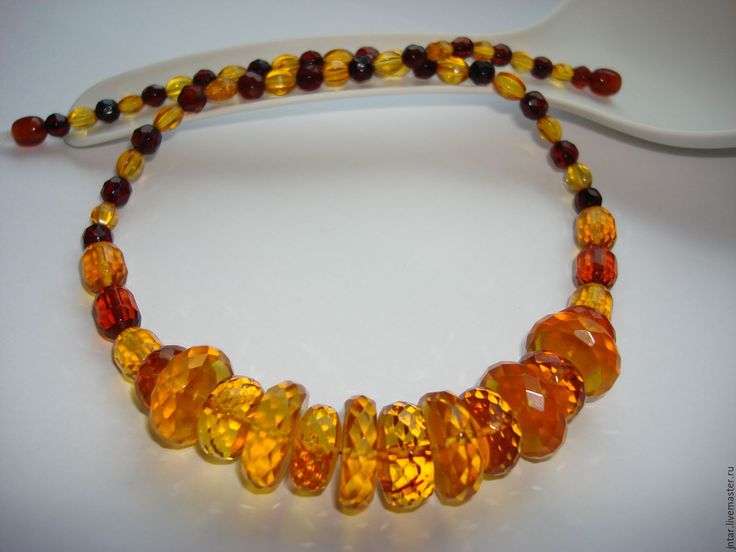 You should always consult with a qualified physician or health professional about your specific circumstances.
You should always consult with a qualified physician or health professional about your specific circumstances.
Plus, more from The Bump:
Teething Symptoms and Remedies: What You Need to Know
Teething Necklaces Moms Can Wear to Soothe Baby’s Gums
The Truth About Teething Tablet Safety
benefits or dangers for a child
Contents
- Amber beads for teething in children: benefits and harms
- Useful properties of amber
- How to choose the right amber beads for a baby
- How to care for 9005 amber
Sometimes you notice with surprise that parents tend to “decorate” their babies in a way that is obviously inappropriate for their age: for example, earrings on one-year-old princesses are no longer a rarity. Or why does a child need amber beads, if this decoration on a child's neck looks clearly alien? nine0003
Rumors persist among parents that amber can relieve pain during teething, and pediatricians and dentists refute this statement with no less enthusiasm.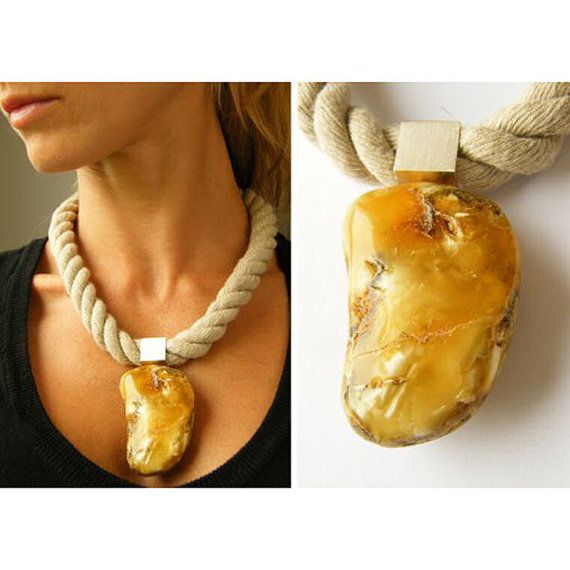 Where can you find the truth?
Where can you find the truth?
Amber beads for teething in children: benefits and harms
Let's find out if amber beads help with teething in children. Let's start with the fact that amber really has a number of unique healing properties that are not inherent in other substances of natural and artificial origin (we will talk about this a little later). This explains such a wide popularity of amber beads for children. nine0003 Silver necklace with amber (go to the SUNLIGHT catalog)
According to parents and supporters of alternative medicine, amber beads:
- They have adaptogenic properties. The baby adapts to changes more easily, becomes calmer, sleep improves. This contributes to the proper development of the child and the peace of mind of the parents.
- Have an anti-inflammatory effect. Amber is a natural antiseptic, it prevents the occurrence of inflammatory processes and promotes the speedy healing of wounds. nine0006
- They act on acupuncture zones.
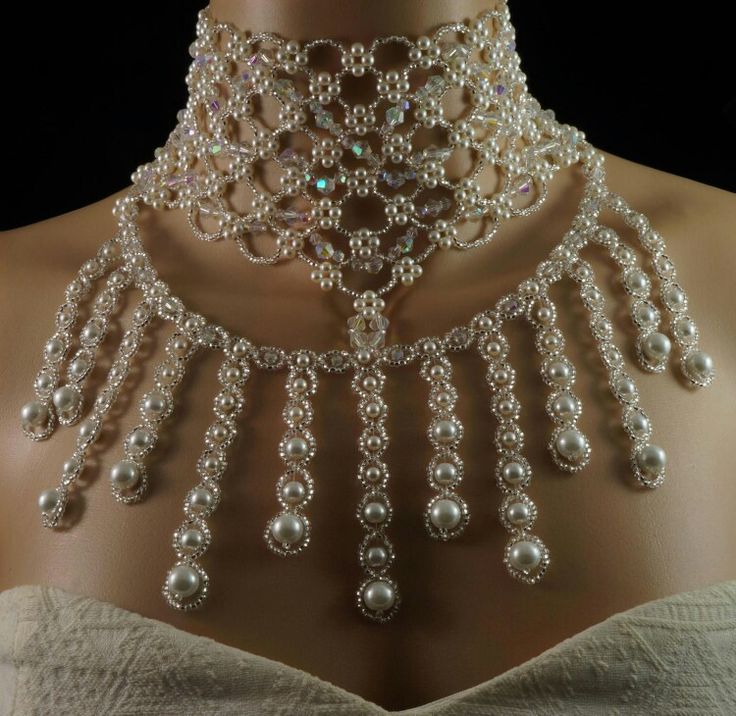 Amber beads for children are made in such a way that they lie around the neck and act on acupuncture points like miniature massagers-applicators.
Amber beads for children are made in such a way that they lie around the neck and act on acupuncture points like miniature massagers-applicators. - They prevent a number of diseases. According to parents, with the constant wearing of amber beads, babies are less likely to get sick with infectious diseases. Useful trace elements penetrate the skin in close proximity to the thyroid gland, which contributes to the proper growth and development of the child. Immunity is strengthened, and this is also worth a lot. nine0006
- Mechanically facilitate the process of teething. The baby gnaws beads, and teething is more gentle due to the antiseptic and analgesic properties of amber. Teeth grow stronger and healthier.
Serious researchers do not find confirmation of the above facts. According to official medicine, amber beads do not have a pronounced therapeutic effect.
According to pediatricians, parents who put amber beads on their little children risk the health of their babies. For example, beads can cause asphyxia: direct suffocation with a thread or when swallowing scattered beads. In addition, untreated amber can damage delicate children's gums during active movements of the jaws. nine0003
For example, beads can cause asphyxia: direct suffocation with a thread or when swallowing scattered beads. In addition, untreated amber can damage delicate children's gums during active movements of the jaws. nine0003
However, all risks are minimized with the right selection of amber beads for babies of the most tender age.
Useful properties of amber
The use of amber beads for children is based on the healing properties of the main material for their manufacture. Amber is a unique natural formation from the resin of plants that grew on Earth many millions of years ago. For such a solid period, fossil resin acquires the hardness of a stone and unique properties (including healing ones). nine0003
The main active substance in this case is succinic acid. It is widely used in cosmetology, being part of many skincare products. It is also widely used in medicine, being part of dietary supplements that have a beneficial effect on the composition of the blood and the state of immunity.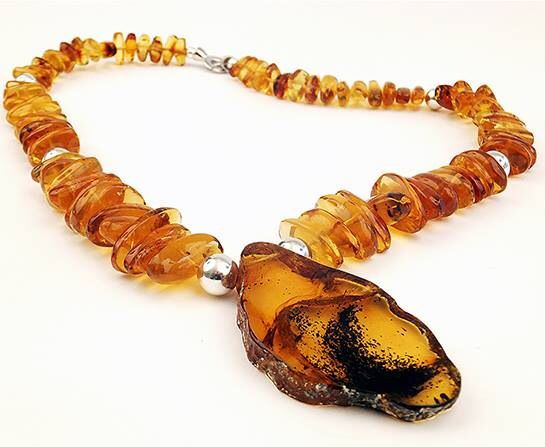
Succinic acid can also help dads who are too zealous in noticing the appearance of the first teeth in their offspring. This is the first and absolutely harmless remedy for sobering up and relieving withdrawal symptoms. nine0003
Amber beads for babies help to saturate the body with this very useful substance. It gradually penetrates the body, exerting a mild effect on all organs and systems of the developing organism.
How to choose the right amber beads for your baby
Most of the accidents associated with children's amber beads occur only because of their wrong selection. The biggest mistake parents make is to make this useful decoration on their own or use accessories designed for adults. nine0003
When choosing amber beads for a child, it is reasonable to pay attention to the following points:
- Processing of amber. The beads should be large enough and very smoothly polished so as not to damage the delicate baby skin.
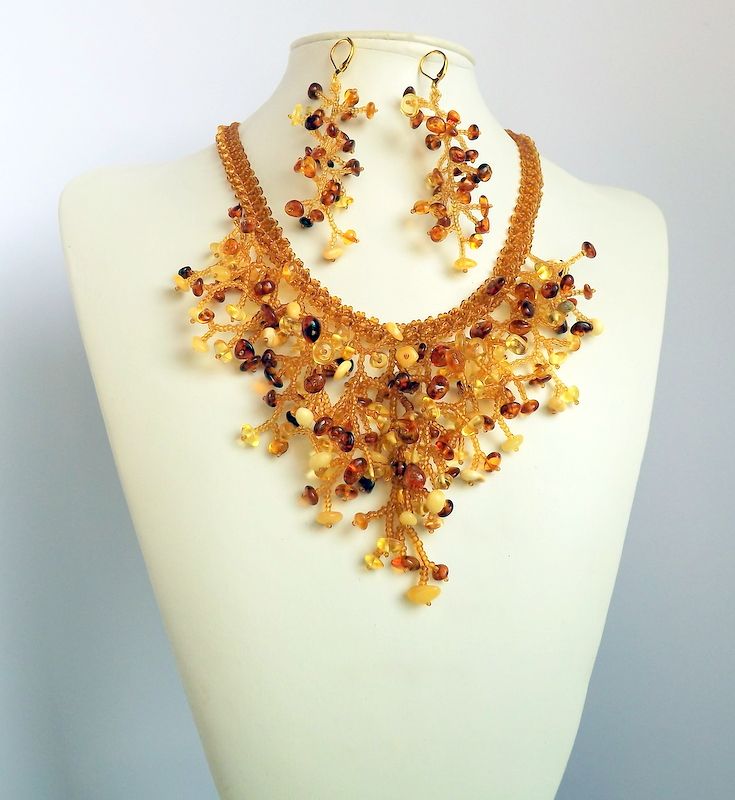
- Accessory length. The beads should fit snugly against the skin, but not "strangle" the little one. Thus, the maximum therapeutic effect is ensured and the risks are minimized - the child cannot reach the jewelry with his mouth on his own.
- Thread. The best option is a thick silk (sometimes nylon) thread. The presence of knots separating the beads from each other is welcome. Even if the beads break (which is unlikely), at most one bead will jump off the thread. Jewelry on the fishing line is far from ideal: theoretically, it can damage the delicate tissues of the baby. nine0006
- Clasp. There are two best options: a soft plastic clasp and amber itself. In all cases, a screw clasp is welcome, in the buttoned state, it is completely hidden inside the amber. No metal or other risky materials!
- Availability of a certificate. Unfortunately, there are many fakes in this area. For example, cured epoxy resin looks very similar to amber to the unenlightened eye.
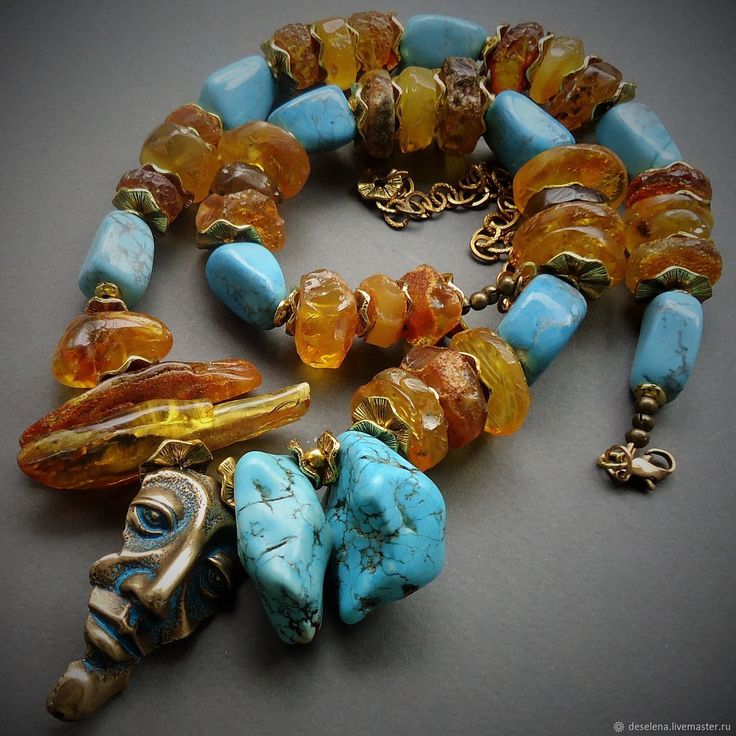 You always have the right to request a certificate, because we are talking about the health of your baby. nine0006
You always have the right to request a certificate, because we are talking about the health of your baby. nine0006
Natural amber is widely used in lithotherapy. For example, many physicians of the past considered rubbing the temporal regions with amber plates as the best remedy for migraine.
Instructions for Use and Safety Precautions
Some sources recommend giving children nibbles on large pieces of raw amber. Under no circumstances should you do that. Firstly, it is unlikely that you will find a piece of fossil resin of a sufficiently safe size, and secondly, the edges of untreated amber are not safe for the baby's gums and skin. nine0003 View all jewelry from the collection "AMBER" in the catalog SUNLIGHT
You can periodically remove the beads from the baby and let him play with them: a bright toy will surely please the little one. It is not forbidden to gnaw on beads. However, this should be done under the vigilant supervision of parents, and at night it is completely better to remove and hide the beads in order to avoid all sorts of accidents.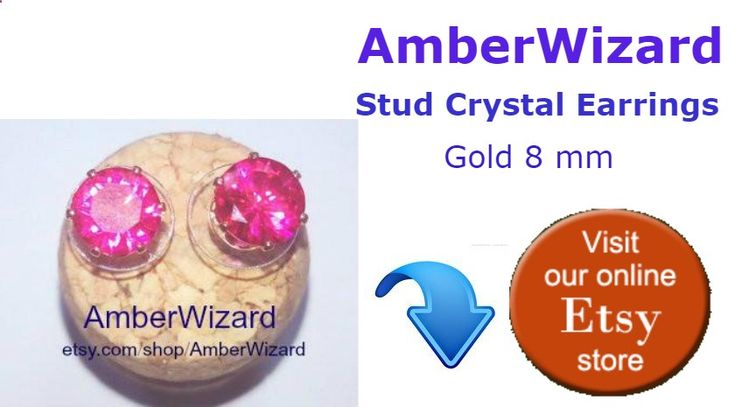
How to care for amber
Amber is a very delicate substance that needs careful care. It must be stored at room temperature, and when cleaning it, refrain from using abrasives and aggressive reagents. nine0003
If we are talking about children's jewelry, then it should be stored in a personal box, on a soft cloth. For cleaning, it is enough to periodically rinse the beads with warm water. In case of severe contamination, it is permissible to use a soapy solution, but after that the beads must be thoroughly washed and dried with a napkin.
Whether to buy amber beads for a child is a personal matter of his parents. If you believe in the healing power of stones, buy with confidence: with the right selection and reasonable use, this jewelry will definitely not harm the baby! nine0003
natural Baltic amber phenomenon ❤️ KIDY.eu
- Amber - the power of the sun in every piece
- Amber beads - healing properties
- Amber - interesting facts
- Baby amber teething beads - how does it work?
- Where to buy amber beads?
Long before a child appears in the house, while still in a wonderful position, every woman strives to change the life of her family in the direction of natural and useful. When the smallest and most important member of the family appears, then you want everything around, everything that concerns the baby, to be the most useful, the most natural. And if with regards to clothing, food and toys everything is more or less clear, then what about when the first problems and misunderstandings with the health of the crumbs appear? Infant colic is just coming to an end, as some early babies already have teeth on the way. The process of teething in babies is usually very difficult, both for the child himself and for the parents, and can be accompanied by severe pain and a rise in temperature, and then medicines come into play - painkillers and antipyretics, and sometimes sedatives. nine0003
When the smallest and most important member of the family appears, then you want everything around, everything that concerns the baby, to be the most useful, the most natural. And if with regards to clothing, food and toys everything is more or less clear, then what about when the first problems and misunderstandings with the health of the crumbs appear? Infant colic is just coming to an end, as some early babies already have teeth on the way. The process of teething in babies is usually very difficult, both for the child himself and for the parents, and can be accompanied by severe pain and a rise in temperature, and then medicines come into play - painkillers and antipyretics, and sometimes sedatives. nine0003
For those parents who want to minimize the use of chemical drugs, there is an old version - amber teething beads. Very often, such amber beads become a relic in the family and are passed from one generation to another.
Amber teething beads are a very popular method of pain relief and anxiety relief in children throughout Europe. Baltic amber is traditionally the best and most useful material for making such beads and bracelets. Baby amber beads are a wonderful gift, both for the christening of a child, and for any other important event in a family where there is a baby of the right age. nine0003
Before you buy baby amber teething beads, you should understand how they work and how to use them.
Amber - the power of the sun in every piece
There are an incredible variety of amber classifications. And if at the end of the nineteenth century only six species were distinguished, today there are more than two and a half hundred of them. The main type of division was and remains the type of division according to the place of origin. Scientists have proven that any resin of plant origin, petrified in the depths and more than one million years old, can be considered amber.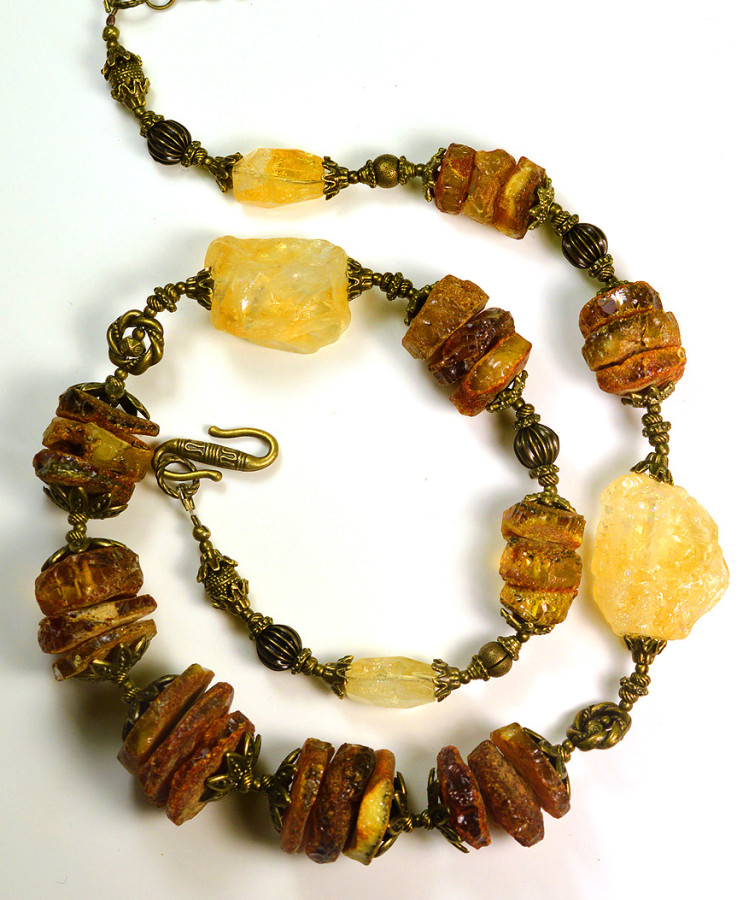 nine0003
nine0003
Depending on the origin, not only the appearance of the mineral changes, but also its properties, and, accordingly, when choosing beads from natural amber, it is necessary to familiarize yourself with the properties of a particular deposit.
There are three main deposits among all deposits:
- Baltic.
- Ukrainian.
- Dominican.
Amber on the shores of the Baltic Sea is not only the most unique and useful, but also the most numerous. More than ninety percent of the deposits of this unique mineral are located in the Baltic. nine0003
In turn, unprocessed Baltic amber is subdivided into the following types:
- Succinite is the most common and most beautiful type. It contains the largest large amount of succinic acid, as well as twelve useful chemical elements, in the complete absence of salts of heavy metals.
- Hedanite - differs from succinite in the absence of succinic acid due to the difference in formation conditions.
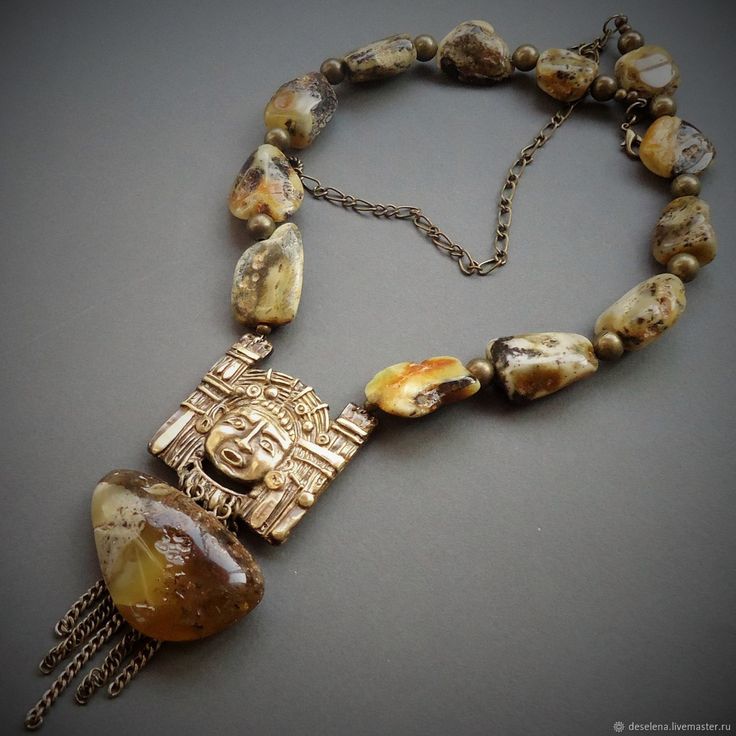 nine0005 Stantienite is a black and fragile type of amber from the Baltic Sea, the rarest. Formed in an environment saturated with iron.
nine0005 Stantienite is a black and fragile type of amber from the Baltic Sea, the rarest. Formed in an environment saturated with iron. - Glessite - soft amber contaminated with impurities.
Amber beads - healing properties
It is from Baltic succinite that the best children's amber beads for teething are made, which is due to its unique properties. Only it contains from eight percent of succinic acid, which has a healing effect. nine0171
Robert Koch, Nobel laureate, bacteriologist already at the end of the 19th century proved the extremely beneficial properties of Baltic amber in general, and amber beads for children in particular. Recent studies only confirm his findings.
So, Baltic amber beads:
- Strengthen the body.
- Improve immunity.
- Activate energy processes.
- Normalize the balance of acids.
- Helps fight stress.
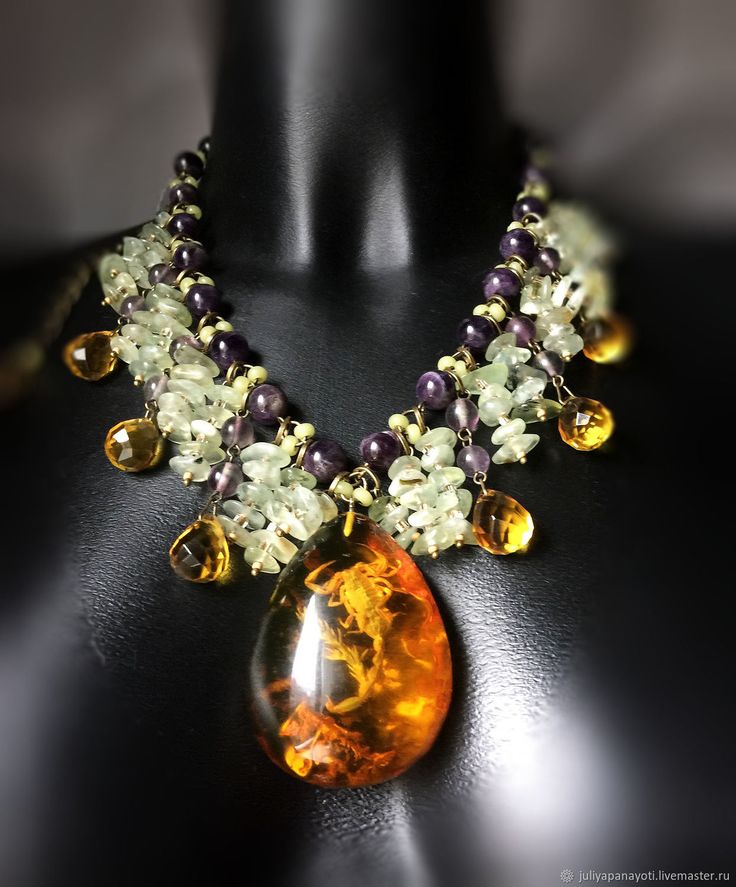 nine0006
nine0006
Amber - interesting facts
There are many legends around this amazing stone. Many of the facts are simply amazing.
Here are just a few:
- More than one hundred thousand tons of amber was produced by the Paleogene forests on the Baltic coast. This is the largest amber deposit on Earth.
- Baltic amber of the highest quality. Only it perfectly preserves the anatomical details of fossil insects of any age. nine0006
- Being chemically unstable, the resin requires very specific conditions to become amber.
- Most of the amber on earth is thirty to ninety million years old.
- Amber - translated into Greek - means electricity.
- Amber has preserved to this day many species of fossil insects, mice, lizards, bones of mammals and birds, skins of snakes.
- More than half of the inclusions in the amber rock are flies, the second place belongs to ants. nine0006
- The most unique, simply phenomenal inclusion is the world's only feather of the most ancient tyrannosaurus rex.
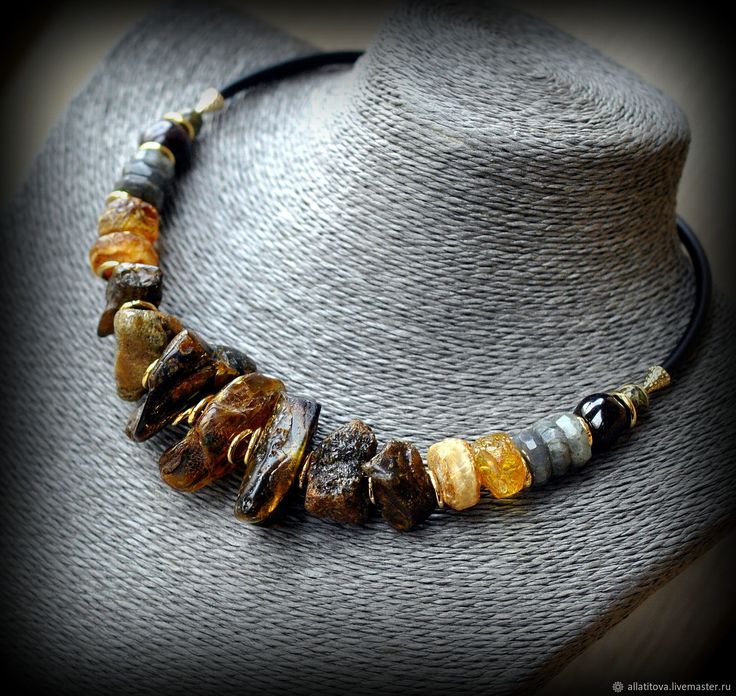
- Scientists have not been able to isolate the DNA of fossil insects from the inclusions. Efforts continue to this day.
- Folklore, since ancient times, ascribes to amber many different miraculous properties, from healing to protection from witches and evil spirits.
- Ancient people believed that amber would protect against bad dreams.
- Long before our era, people used amber in jewelry. The first mentions are found more than eleven thousand years BC. nine0006
- Baltic amber was highly revered in ancient Egypt. With its help, the tears of the Great God Ra were depicted.
- The oldest amber found today is over three hundred and twenty million years old.
- The oldest insect found in amber is 230 million years old. This is a tick.
Baby amber teething beads - how does it work?
Many mothers may have a question, how do amber beads for children actually work during teething? How to use them? nine0003
Baby amber teething beads are designed specifically for babies, which determines their design.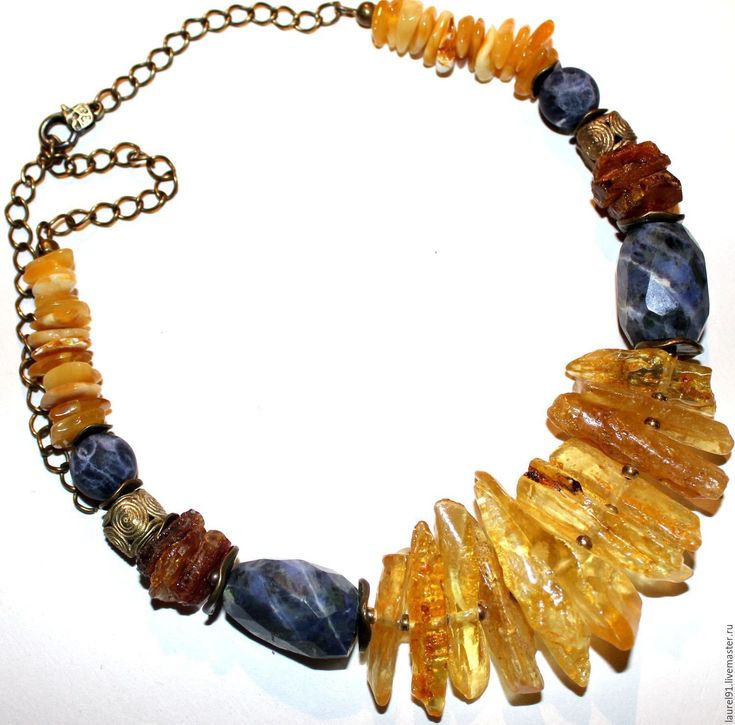 Beads are strung on a very strong silk thread, after each of which a safety knot is tied so that the beads do not crumble when broken. It also uses a special fastener with a screw mechanism, which prevents accidental unfastening. Each such connection is tested for strength and tear before becoming the element of amber teething beads, which ensures high safety in use. nine0003
Beads are strung on a very strong silk thread, after each of which a safety knot is tied so that the beads do not crumble when broken. It also uses a special fastener with a screw mechanism, which prevents accidental unfastening. Each such connection is tested for strength and tear before becoming the element of amber teething beads, which ensures high safety in use. nine0003
It should be noted separately that amber healing beads are intended for wearing only. In no case should they be chewed and sucked! This must be strictly followed.
Toddler products are made with round or oblong beads, making them comfortable and safe to wear. Typically, products are intended for children from three months and older - until the end of teething. The sooner the baby is put on such a useful decoration, the faster he will get used to it, and will not try to take it off or chew it. nine0003
So how can amber beads help with teething? Back at the beginning of the last century, biochemists found out that succinic acid contained in Baltic amber products is nothing more than a natural amino acid that helps activate aerobic respiration of cellular tissue, which allows substances to be metabolized into energy. Thus, answering the question of why amber beads are useful, we can safely say that they are able to reduce the negative impact of electrical appliances. Also, since ancient times, amber has been known for its antimicrobial properties. It turns out that with everyday wearing of medicinal amber beads, a small amount of amber oil is released from contact with the skin and absorbed into the blood, which helps to reduce acute symptoms during teething in babies, such as swollen gums, impaired stool, profuse salivation, fever and redness of the cheeks. nine0003
Thus, answering the question of why amber beads are useful, we can safely say that they are able to reduce the negative impact of electrical appliances. Also, since ancient times, amber has been known for its antimicrobial properties. It turns out that with everyday wearing of medicinal amber beads, a small amount of amber oil is released from contact with the skin and absorbed into the blood, which helps to reduce acute symptoms during teething in babies, such as swollen gums, impaired stool, profuse salivation, fever and redness of the cheeks. nine0003
When using children's amber beads, do not forget the simple rules:
- Beads are worn by a child under the strict supervision of an adult.
- You can not chew beads.
- It is necessary to check from time to time whether the silk thread has worn out. Replace if necessary.
Where to buy amber beads?
Baby amber teething beads can be bought in many places.